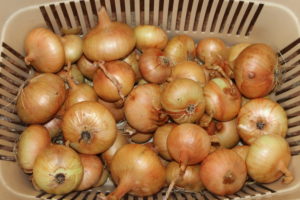 Onions are sweet and delicious and are used in many dishes. They are mostly added for their sweet flavor and crisp taste. They are also great for storing and can last up to eight months without losing any flavor. There is very little effort in growing onions and they do not take up that much space making it perfect for urban gardeners as well.
Onions are sweet and delicious and are used in many dishes. They are mostly added for their sweet flavor and crisp taste. They are also great for storing and can last up to eight months without losing any flavor. There is very little effort in growing onions and they do not take up that much space making it perfect for urban gardeners as well.
Contents
Three Ways to Grow Onions in Your Backyard
Starting From Seed
You can first start growing onions using seeds. You can easily buy seeds in most stores and this offers some of the best flexibility in terms of various cultivars to grow.
Although you can pick many different types growing from seed can take quite a long time. They usually take several months to grow and because of this time they can become susceptible to diseases.
It is still a viable way to begin growing these plants if you have patience and a long growing season to keep them thriving as long as possible.
Flats or Bulbs
This is the most popular way to growing onions and is my favorite due to its availability. Any garden outlet or store will have bulbs for purchasing which you can just place in the ground and watch them grow.
Bulbs are basically seeds that were planted on a farm and grown to onions with various sizes. They are just miniature onions that you place in the soil that will get bigger as long as you provide them with the nutrients they require.
Usually you want to look for bulbs with ½” diameter to get decent sized onions. Large ones will tend to go to seed faster and smaller bulbs just may not grow at all or very poorly no matter how good your soil is.
Transplants
If you don’t have time to grow from seeds or bulbs then I would recommend purchasing plants that are already growing from your local garden shop. Out of all the different ways to grow onions these are the quickest to get mature onions and some can be done in just 65 days.
When to Plant
Onions are cool weather plants and are best in the springtime for summer harvests. In temperate climates the best time for planting would be early spring or once there is no more danger of frost. This is usually when the cool spring weather and rain arrives. In warmer climates it is better to start them in February to early March.
Planting Your Onions
Seeds, bulbs, or transplants require similar yet different planting methods. Most of these types can be placed in the soil without having to start them inside. In my opinion the best method for growing onions is planting them in totes or raised beds. For now I am just going to discuss exactly how to plant them into your garden. Let’s first take a look at how to plant onion seeds.
Seeds
If you are planting multiple rows in your garden make sure to keep them at least one to two feet apart. The seeds should only be covered by ½” of soil and 1” apart in the beginning. As soon as your seeds start sprouting you will need to space them out a little bit.
Six inches between each plant is what you should be left with after thinning your sprouted onions. At this time you might want to remove some soil from your plants in order to expose the onion bulb. This will help in their development.
Bulbs
Bulbs are usually sold by the pound and you can get a good length of row with just one pound of onion bulbs. This method is very simple and all you have to do is place them gently into the soil with the stem side up and very little soil around it. You don’t even have to make a row I like to just push them into the loose soil with half of the bulb showing.
Transplants
As with seeds keeping them about 4-6” apart is enough space for your plants to grow healthy without having to fight for nutrients. These can go a little bit deeper than bulbs or seeds since they have already started growing. I would go more than two inches when working with transplanted onions.
Guidelines for Growing Onions
Preparing the Soil
Onions perform best in loose soil so adding organic compost to heavier soils is a good way to fix these types of soils. Once you get this fixed you can then move on to creating row for seeds, bulbs, or transplants.
One of the best things you can do in addition to organic compos is adding a little bit of bone meal in each row. Healthy root growth is imperative and bone meal can easily provide the necessary nutrients for strong roots.
Keeping Weeds Down
Keeping weeds down around your plants is important since their shallow roots cannot handle other competing plants. It is best to remove the weeds by hand gently or once your onions start to sprout place thick mulch around them which can conserve water and eliminate weeds.
Sometimes your onions can go to seed by creating a sack or seed pod at the tip of the onion stem during late in the season. Before it gets any bigger make sure to remove it otherwise you will get a very small onion. This will allow it to provide nutrients into the bulb instead of seeds.
Watering
Keeping the soil moist is also important and do not let the medium become dry. Since they are growing early in spring when most of the rain comes you shouldn’t have to water them too much. If it happens to not rain then I would say a good soaking per day should be enough as long as your soil has good drainage.
Feeding Your Onions
It is often said that too much fertilizing will make onions taste bitter or not as sweet as you would like. Too much nitrogen is usually attributed to this cause. I have been using organic fertilizers for years and I discovered that adding nitrogen will help in the size of the onion and still tastes great. Manure, manure tea, and fish/seaweed fertilizers are my favorite choices for onions.
I would recommend adding lime to the soil in case you are worried about the taste of your onion. I add lime just before planting and a couple times throughout the season as well. This also helps in the absorption of minerals and nutrients.
Insects Affecting Onions
Onion Maggots
One of the most common insects that could affect your plants would be onions maggots. The larvae are small white maggots that are capable of burrowing through your onion and sometimes will feed on the stem. The best prevention is crop rotation. You can also place a row cover around your onions which allows water and sunlight, but prevents adults from laying eggs on the base of your bulbs.
Thrips
Very small insects called thrips can sometimes be a problem for onions. When they start to feed on the plant they can produce silvery streaks or the stems will appear to be speckled. They usually occur late in the season during hot weather or dry spells. Keep your garden clean by removing debris throughout the entire season.
If infestations occur you can spray some organic insecticidal soap on your plants. Sometimes garlic oils or sprays can help in eliminating thrips along with other problem insects. Other options include releasing predatory insects such as lacewings, lady beetles, and minute pirate bugs.
Diseases
Onion Smut
Onion smut is a common problem for these plants and can affect an entire crop. Large galls form at the bottom of the stem which causes them to get hard and eventually will burst spreading even more spores affecting other plants.
Downy Mildew
Downy mildew is another type of mold that can cause the leaves or stems from turning green to purple. Warm and humid weather can cause this fungus to produce and spread more rapidly. Too much water can also cause these spores to spread faster.
Pink Rot
Pink rot affects the roots mainly and will cause the stem of the plant to turn soft and spongy in the beginning stages. Once the stems become soft the stems will turn brown at first and then a black hard crust will form around the bottom of the stem.
Prevention
Most problems of onions are caused by a fungal infection rather than bacterial or viral. Allowing for good drainage will help in preventing these diseases. Adding compost into the soil is a good way to provide drainage along with some humus. Keep long crop rotations since some of them can last in the soil for up to seven years.
Picking Your Onions
Once your onions start to turn brown and fall over this is when they are ready to be removed from the garden. The best thing to do is pick them by hand and leave them outside to dry in the hot sun. Once they are completely dry you can bring them inside and start using them right away. You can also store them in a cool dry place such as a garage or basement.
Varieties of Onions to Plant
Yellow Sweet Spanish or Yellow Globe Danvers
– If you are looking for one that can be grown in just about any zone I would definitely check out these two different types.
Sweet Sandwich and Copra
– Planning on growing many onions? Then you are going to need to plant onions that are great for storing so that you won’t waste all your hard work.
Southport White Globe
– These are best for picking early also sometimes referred to as green onions.
Carmen Hybrid
– If you are interested in planting red onions in your garden this is probably the best type you should look for.
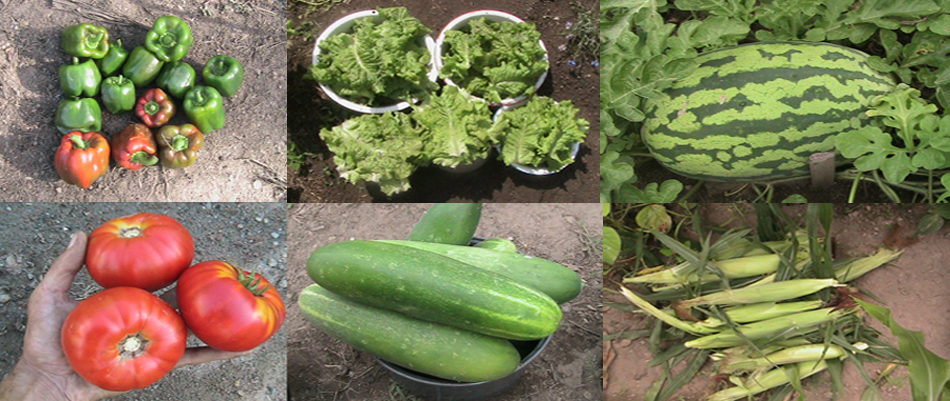
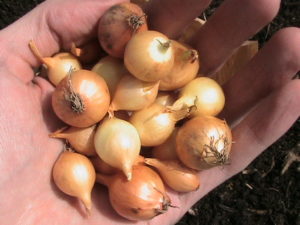

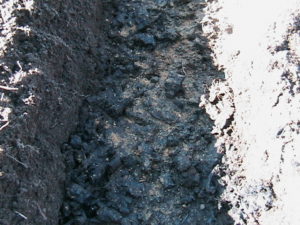
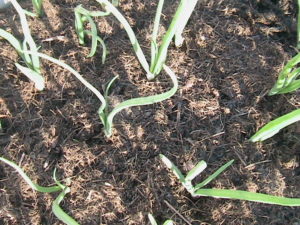
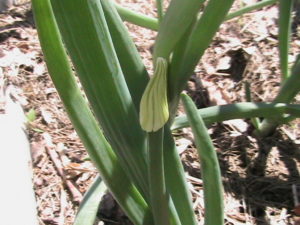
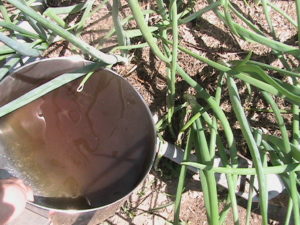
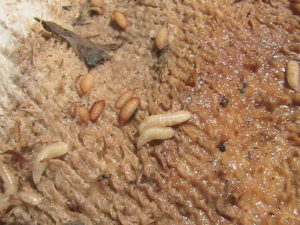
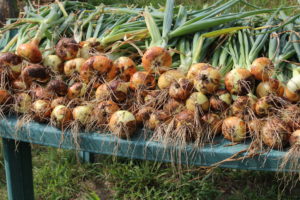
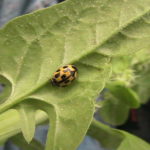
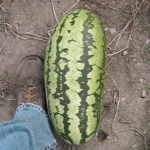
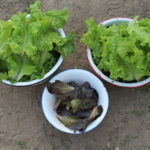
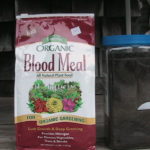
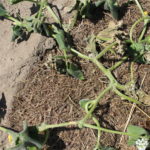
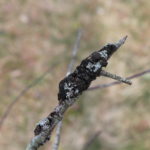
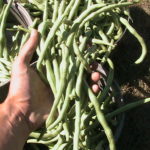
Recent Comments